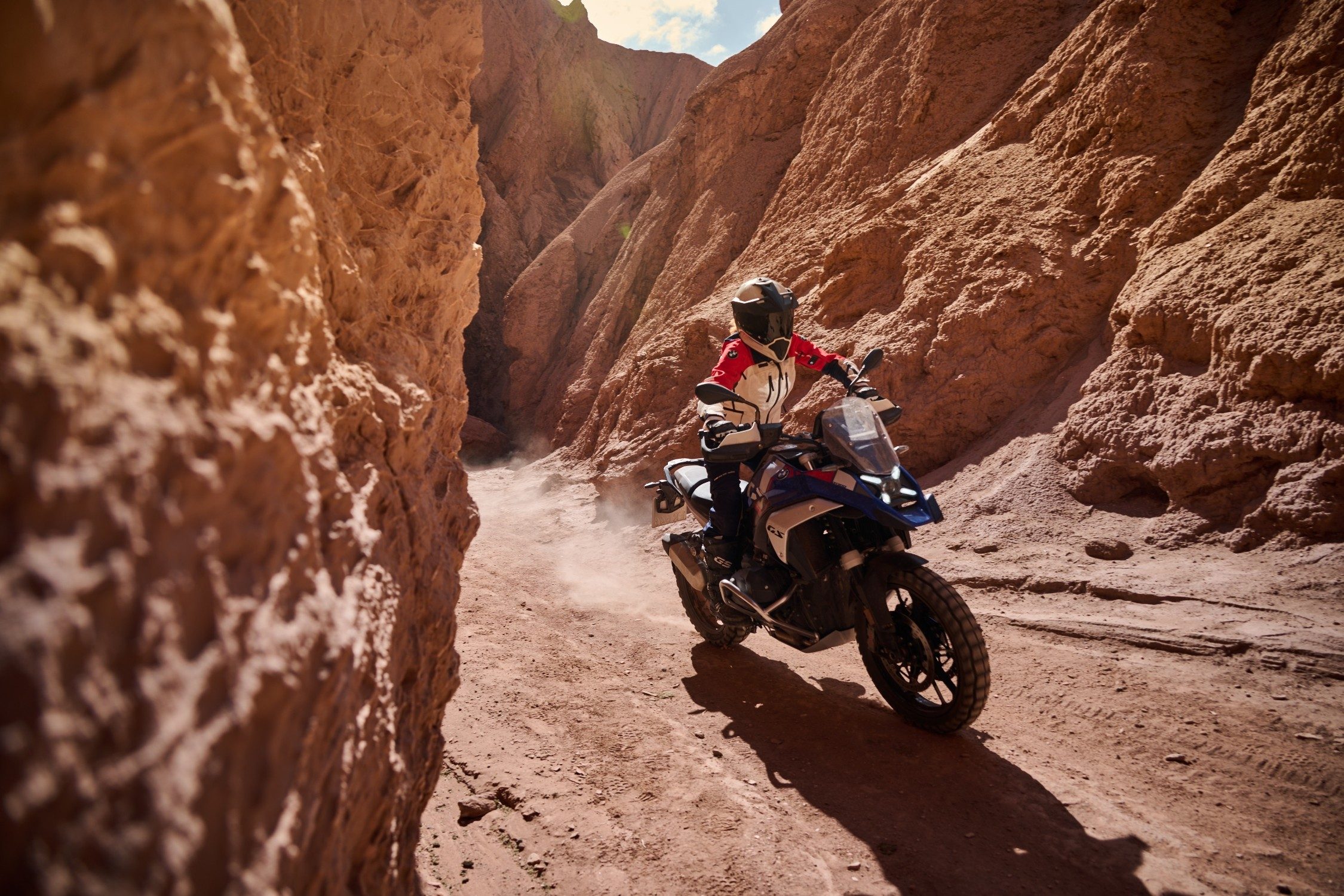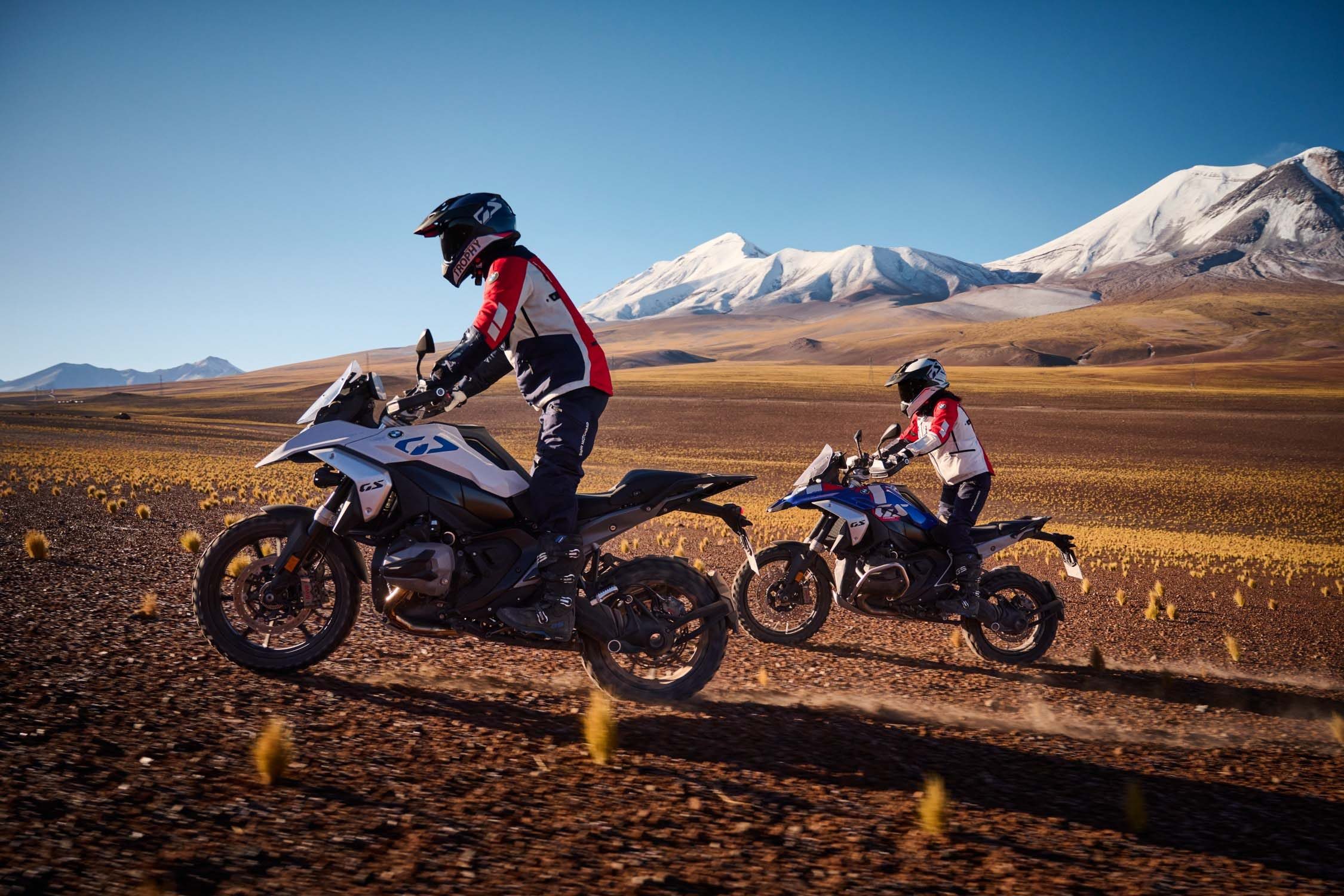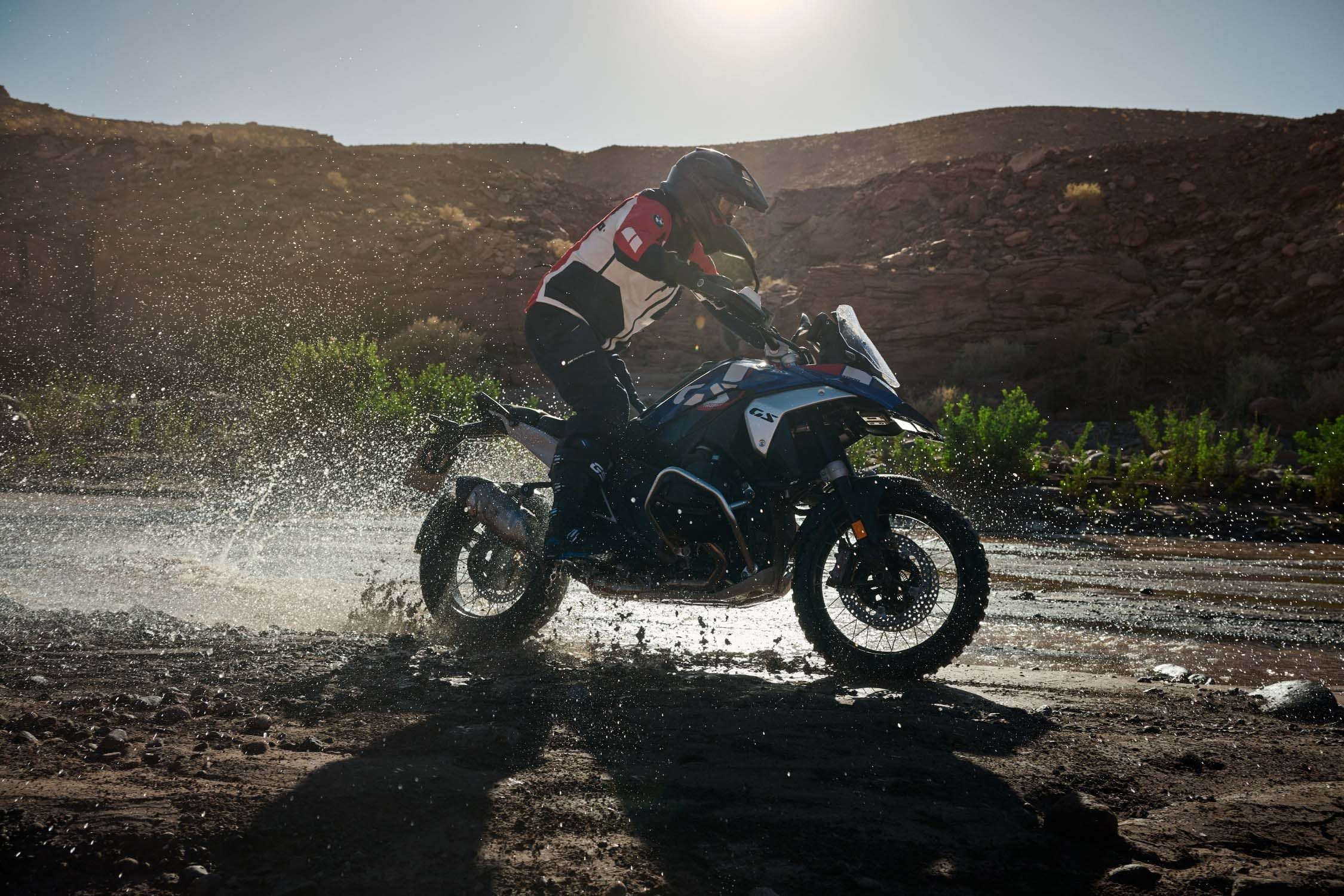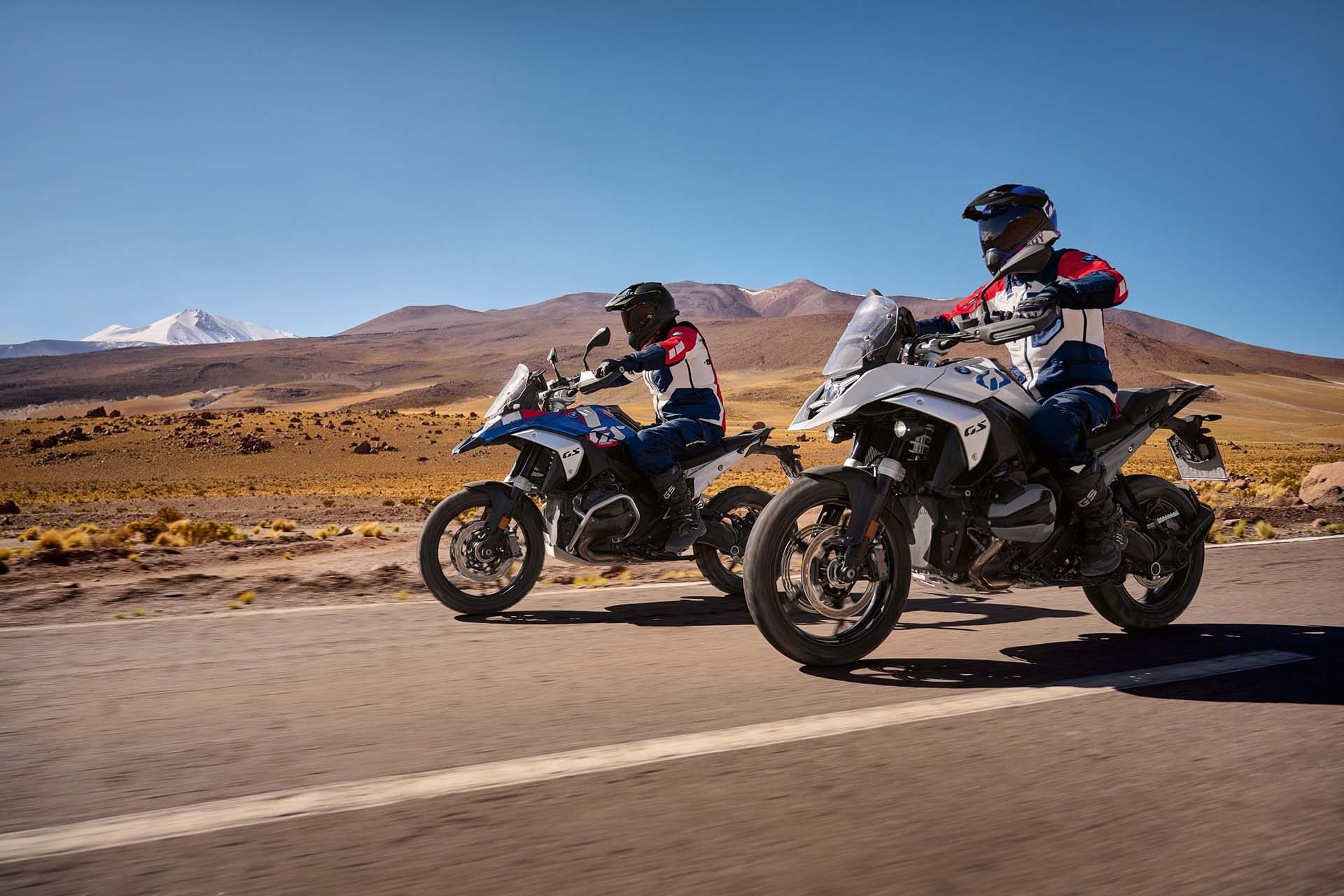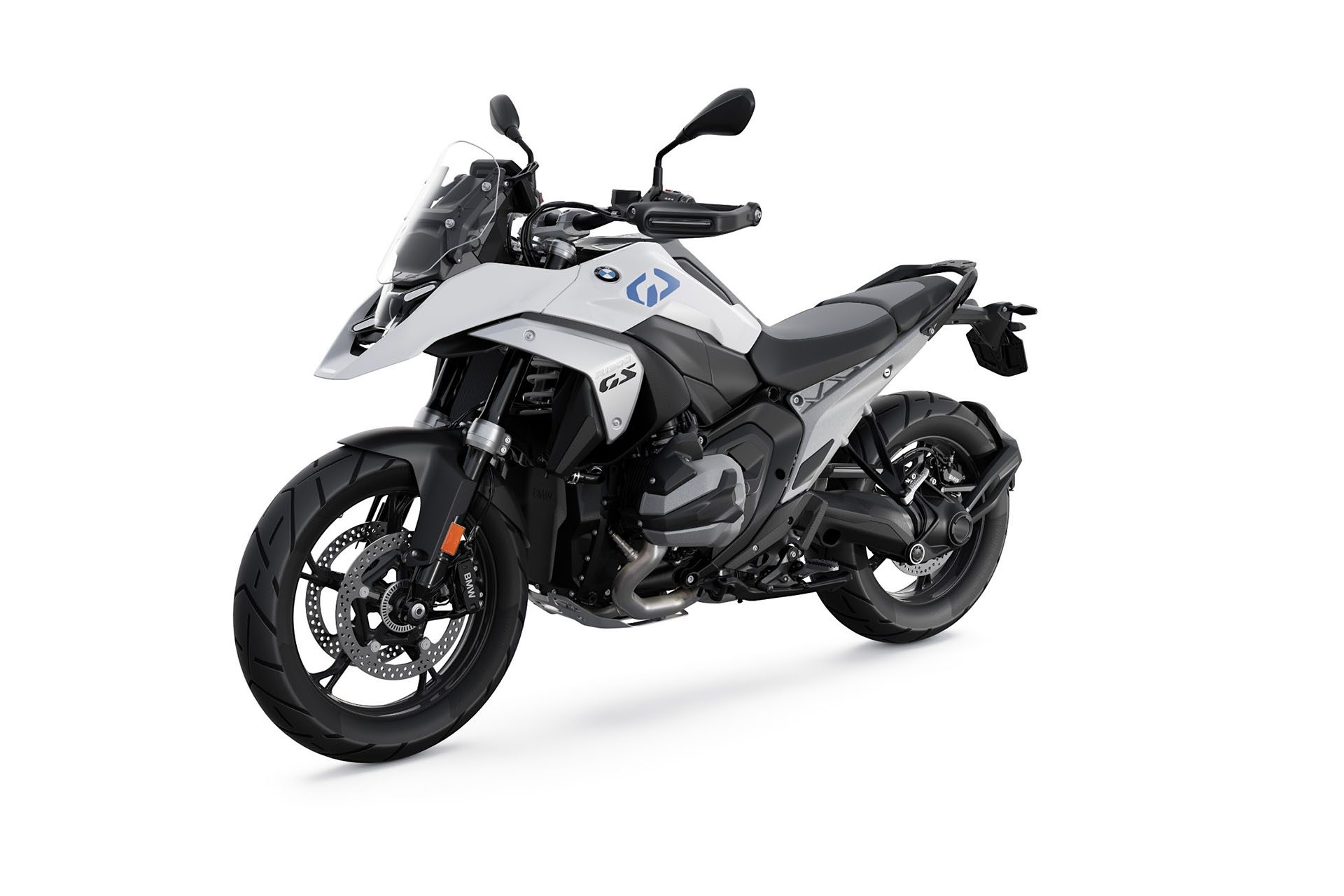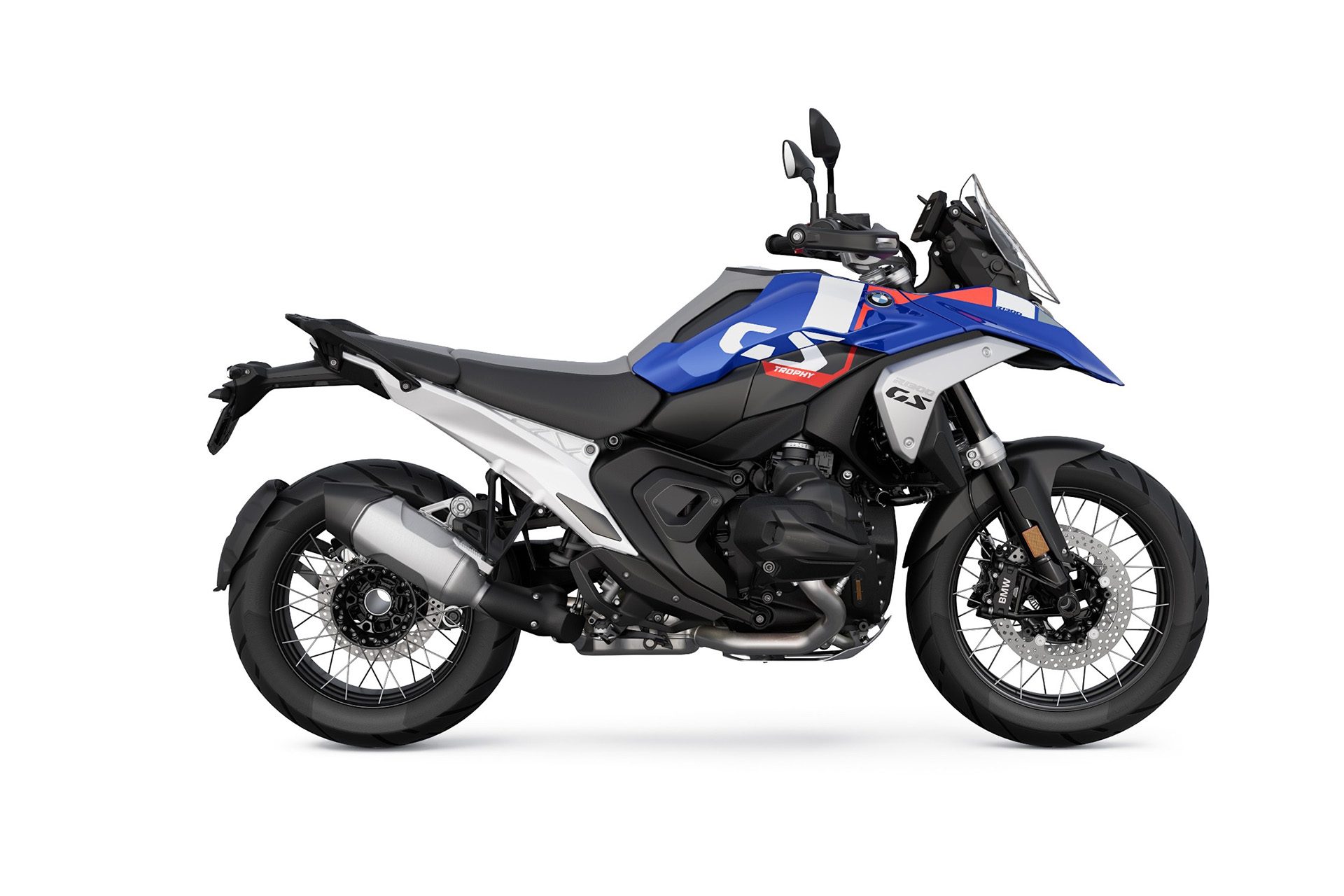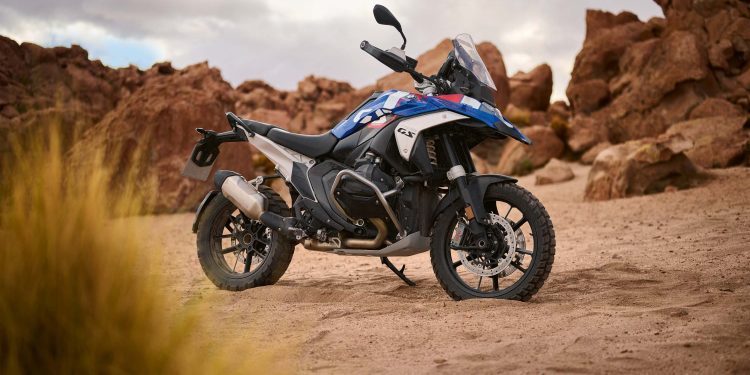BMW R 1300 GS – Debut of the new global tourer
Words NZ Autocar | Images BMW Motorrad
The latest generation of BMW’s primary ADV machine has launched and it is lighter, stronger and more advanced than before but also more compact and is said to be easier to ride.
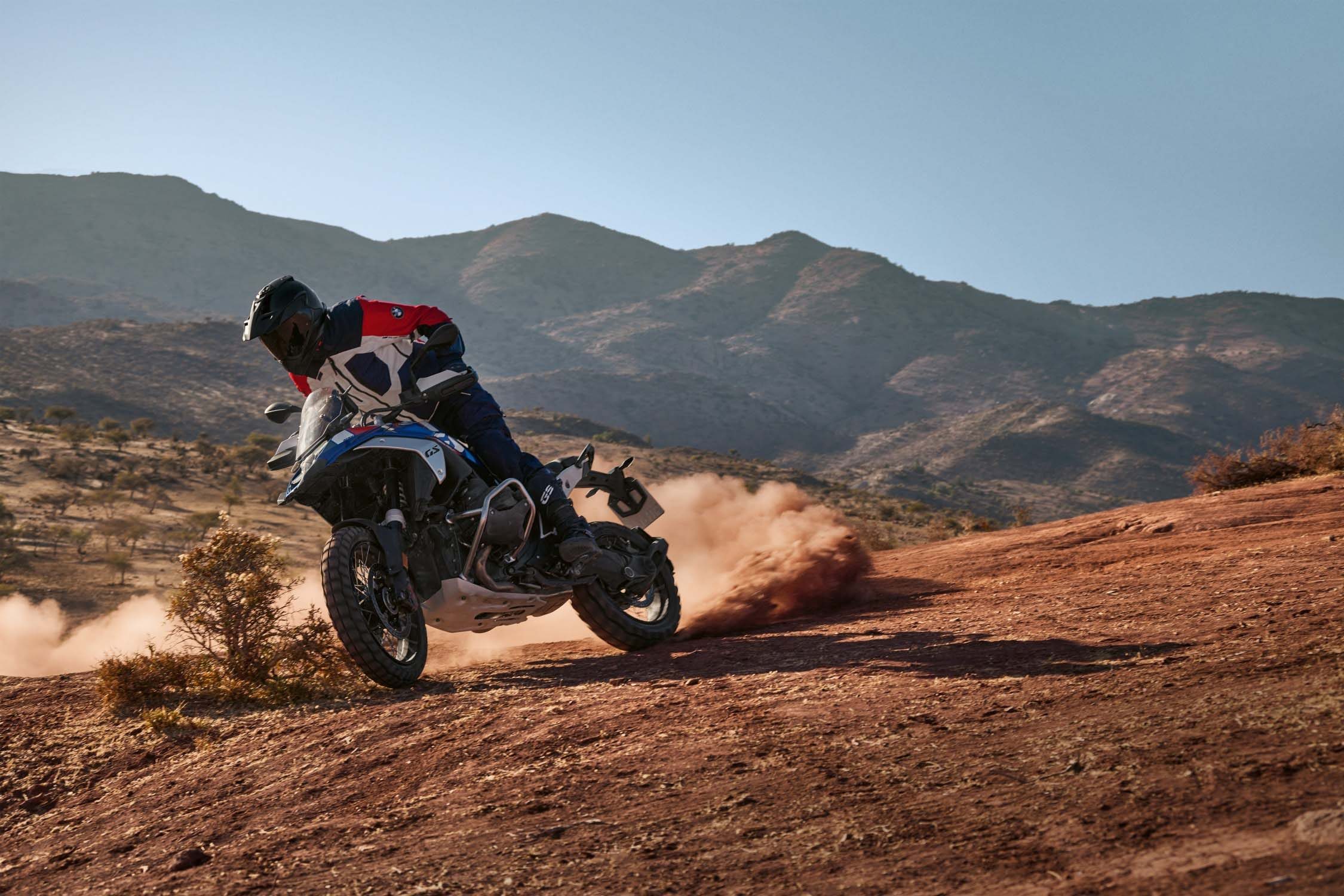
The most popular adventure bike on the planet has undergone a significant update for the latest generation, and is almost unrecognisable, engine aside, having undergone a complete redesign. It is evidently 12kg lighter, and more responsive with engine and driveline tweaks.
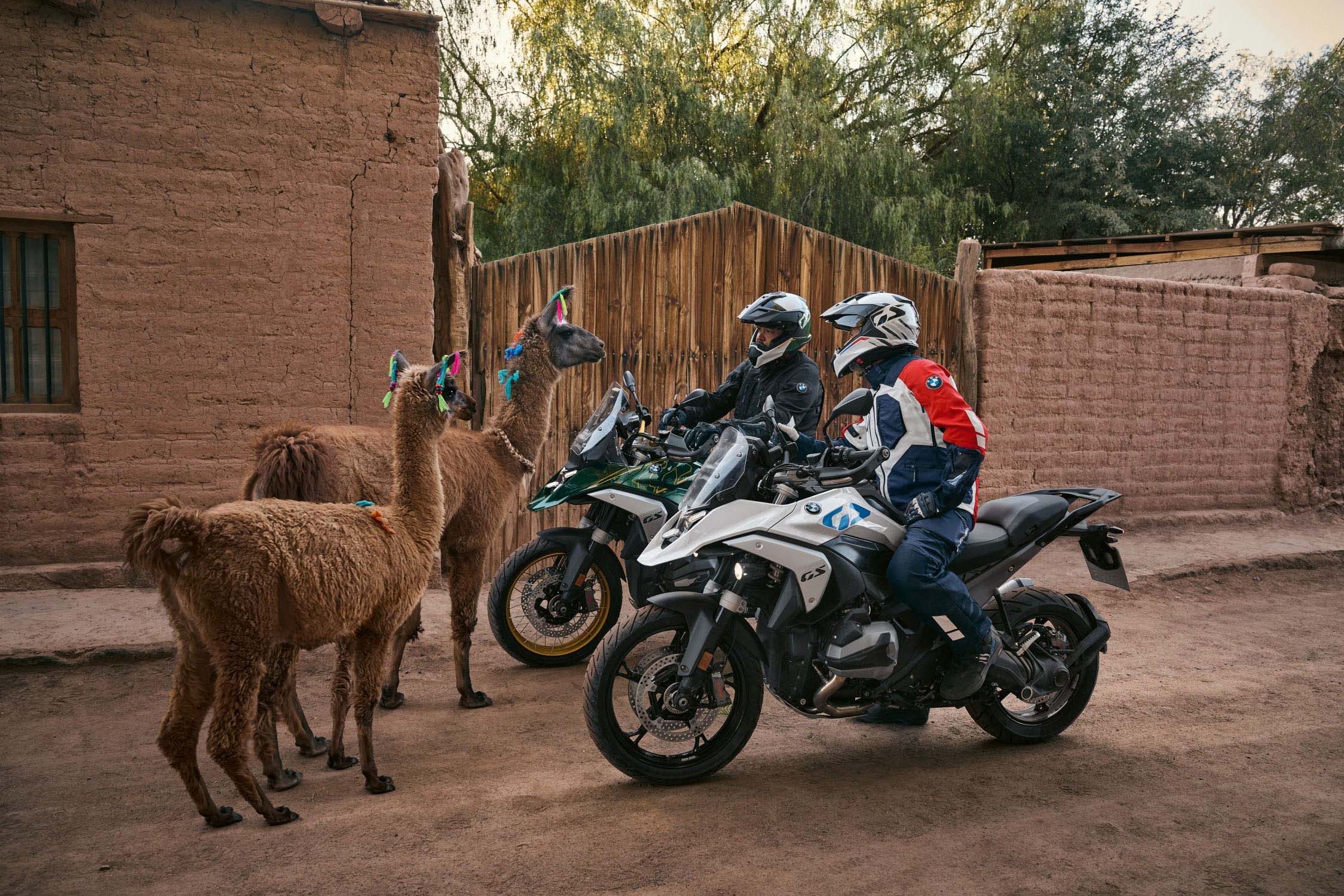
Styling has changed radically, engine layout aside, being leaner and more assertive than before. The traditional beak and silver side panels remain, as do a 6.5-inch TFT screen, scroll wheel and shaft drive.
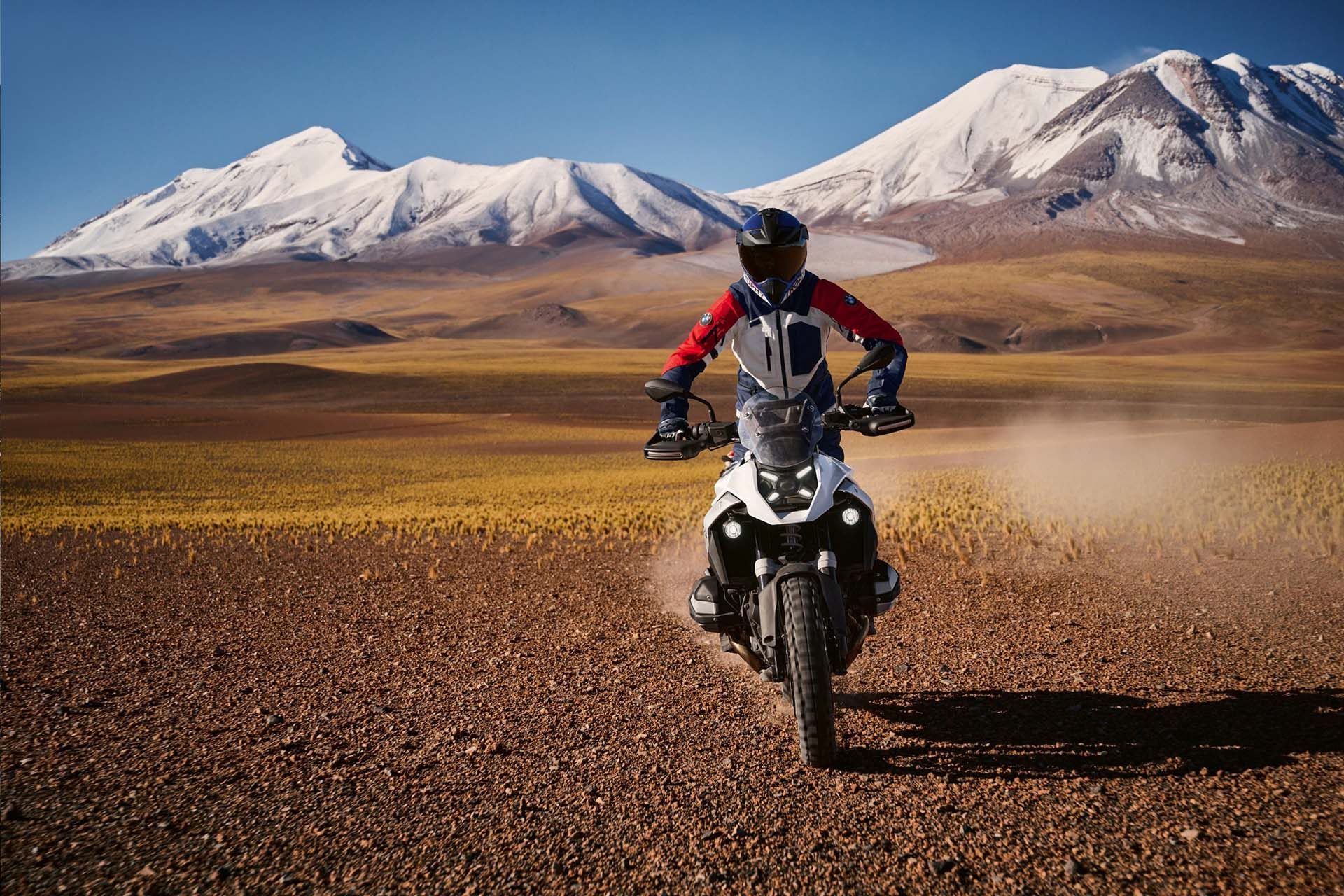
Powering BMW’s most popular bike is an enlarged 1300cc version of the VVT (Shift Cam) engine, the powertrain also 7kg lighter than before. Peak power is up by from 136 to 145hp at 7750rpm, while peak torque of 149Nm is up by six units and chimes in at 6500rpm. That also makes it the strongest boxer engine BMW has ever developed. While not as powerful, it sports more torque than archrivals Multistrada V4 Rally and KTM 1290 Super Adventure. Moreover, between 3600 and 7800rpm BMW reckons there is at least 130Nm available.
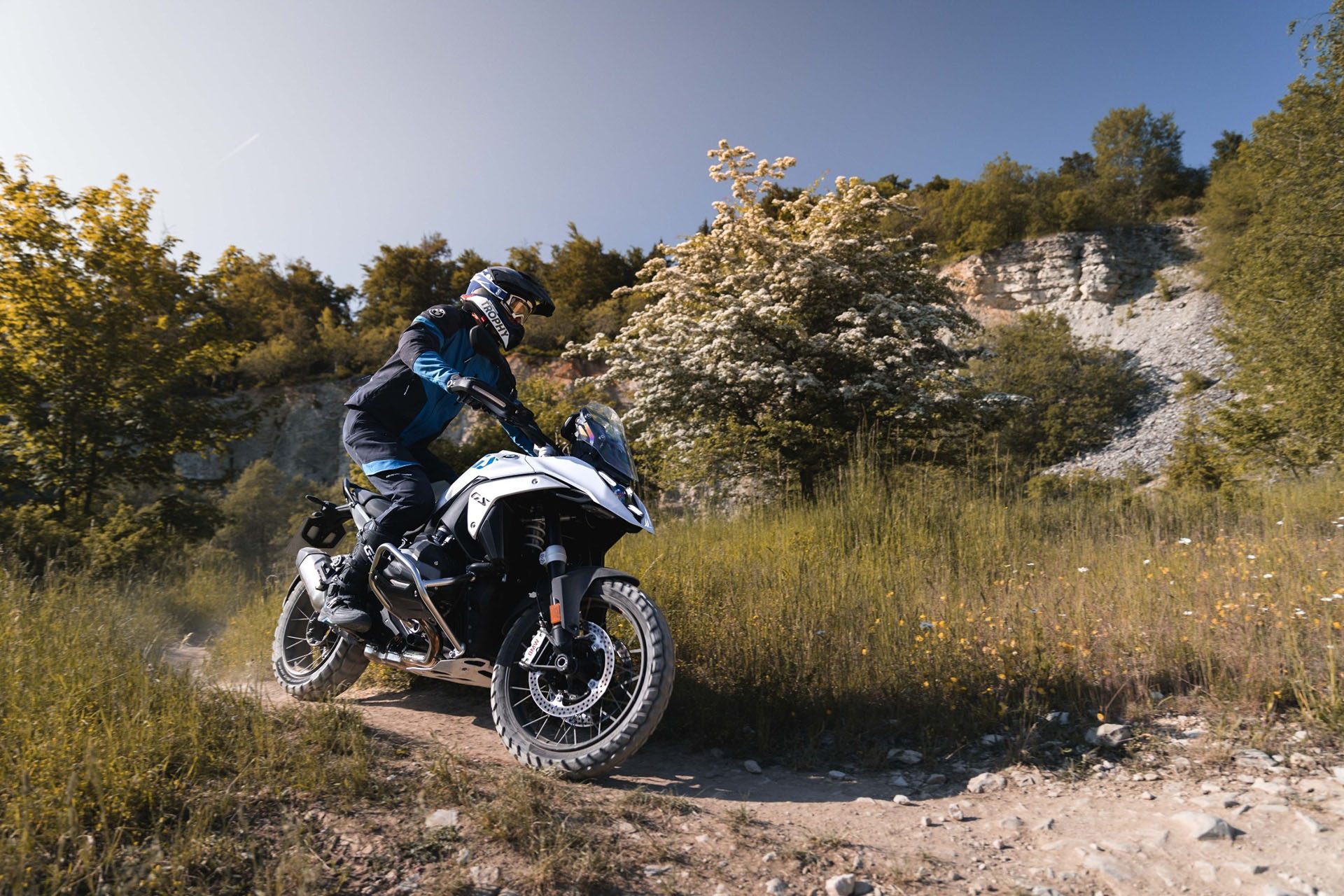
It remains an air/liquid-cooled unit but now has a higher compression ratio of 13.3:1 while the 50cc update is due to a larger bore and shorter stroke for added revs. Mean fuel use of 4.8L/100km is said to be the same as before, so a tank range of almost 330km should be possible.
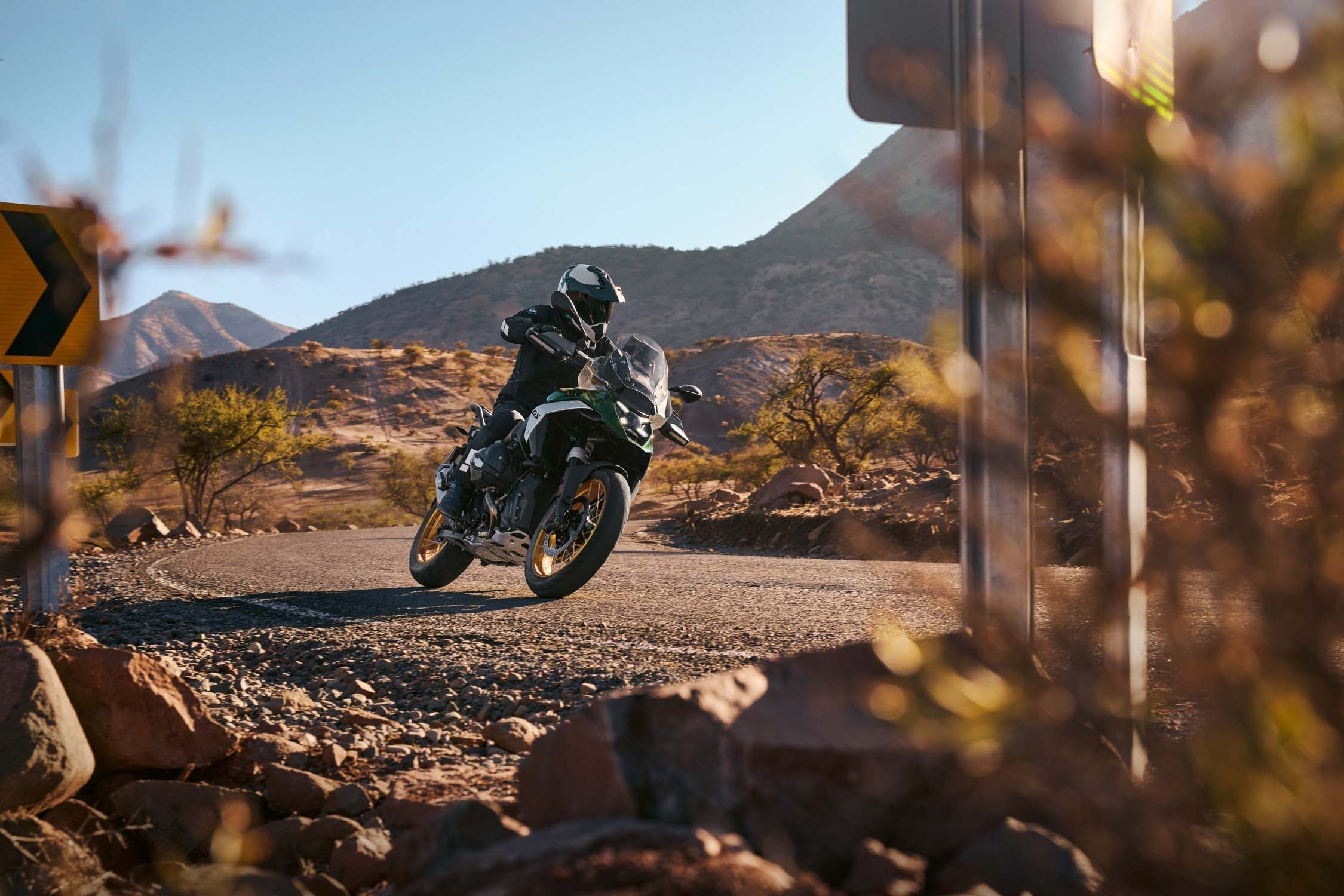
Suspension is a similar design to the last generation with a Telelever front end and Paralever rear, but it’s a new ‘EVO’ design. The EVO Telelever system evidently better isolates the handlebars from the suspension for easier steering in heavy going. At the rear the Paralever is stiffer, for improved traction. The biggest GS has 190mm front and 200mm of rear wheel suspension travel.
BMW says the frame is new too, using a sheet metal shell construction technique and as a result the new GS is lighter and more compact, and thus easier to ride on and off road. Ready to ride the bike is now 237kg vs 249kg. Almost 3kg has been carved away from the redesigned shaft drive system.
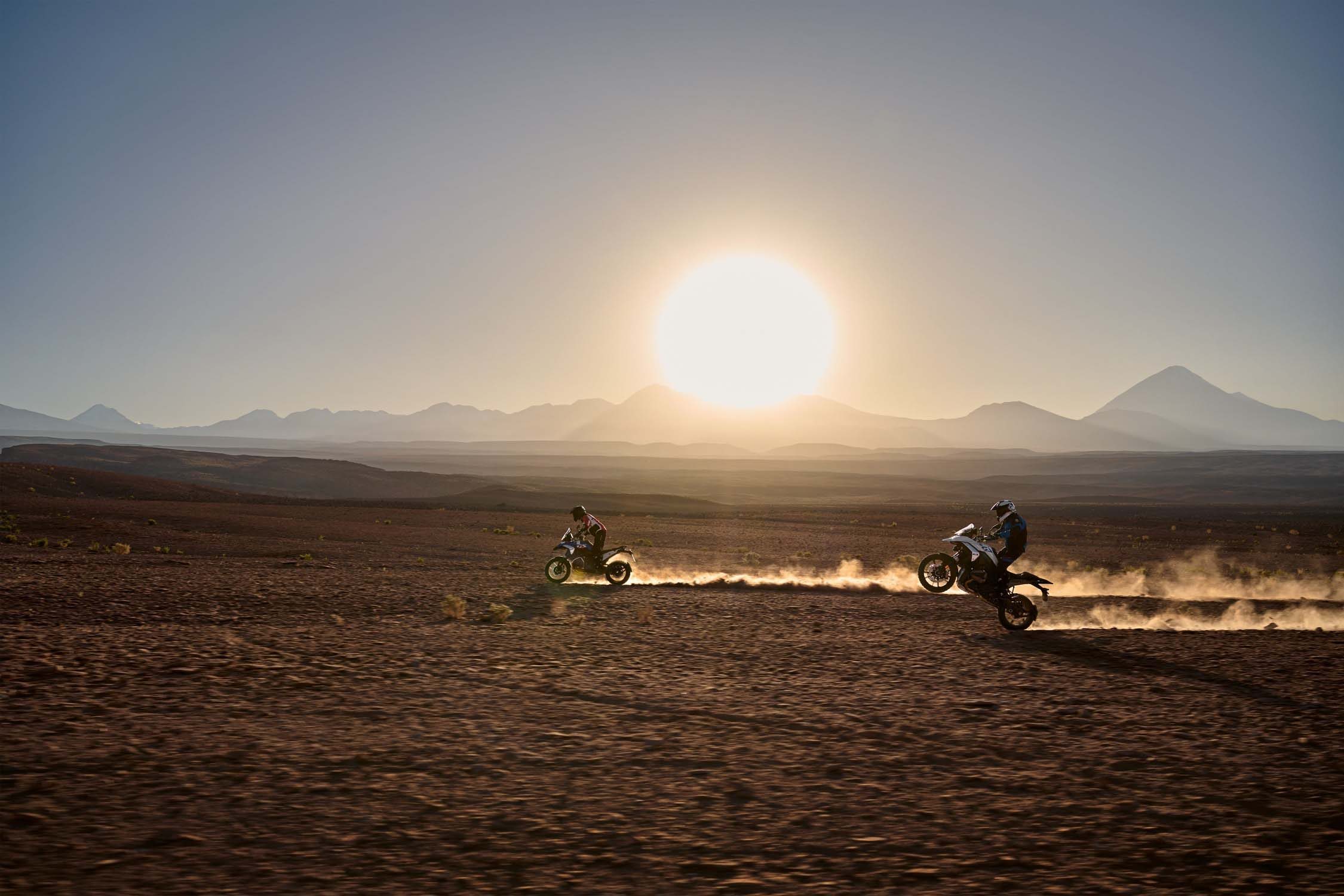
Seat height of 850mm is unchanged. There are four seat variants, three rider footrest positions, and adjustable handlebars. A special feature is the option of adaptive vehicle height control that allows the rider to tailor the height of the bike to the type of riding they are doing. It also facilitates things for shorter riders.
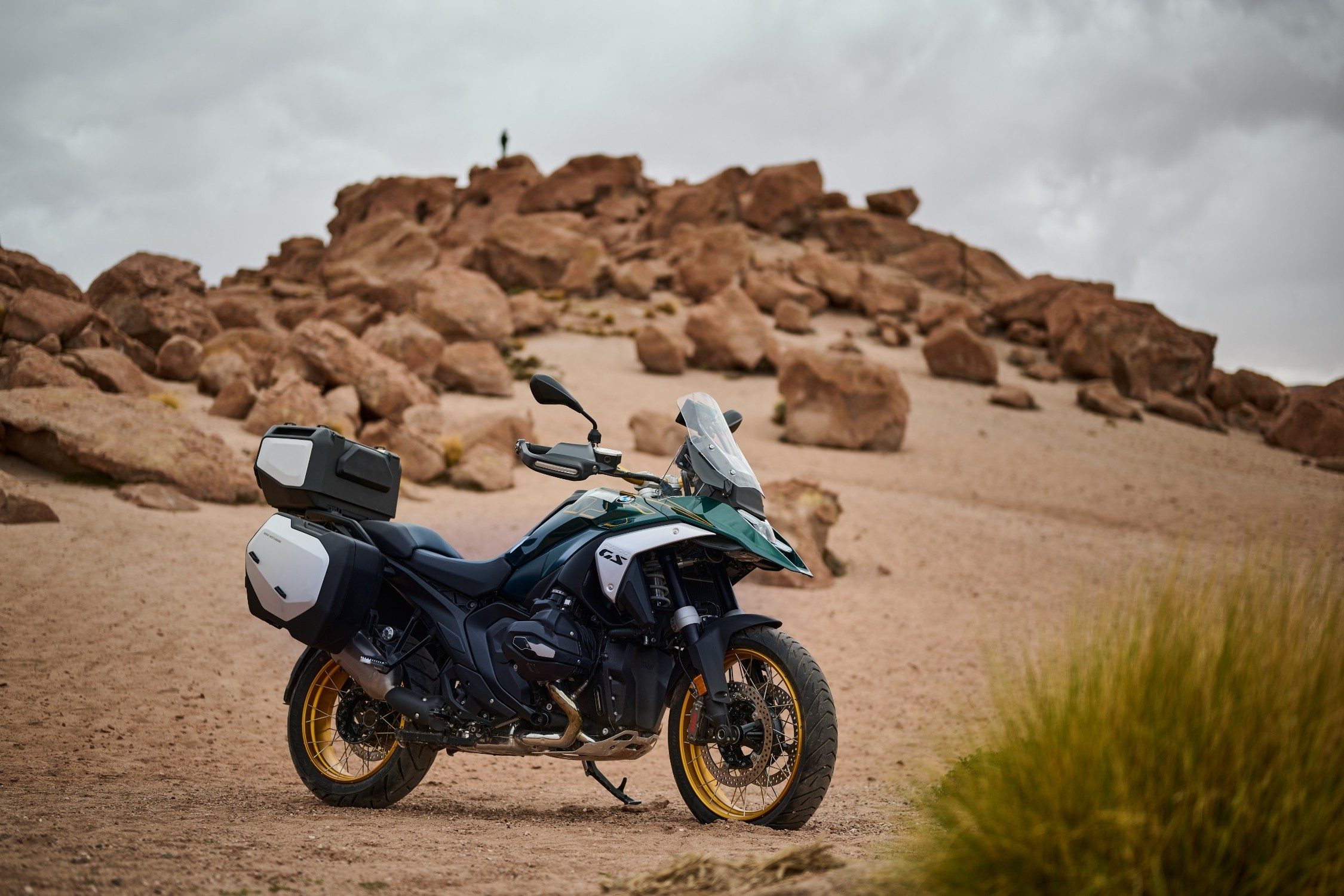
New safety items include a matrix LED headlight with X-shaped DRL, radar-based Active Cruise Control, Front Collision Warning, and Lane Change Warning, also using radar.
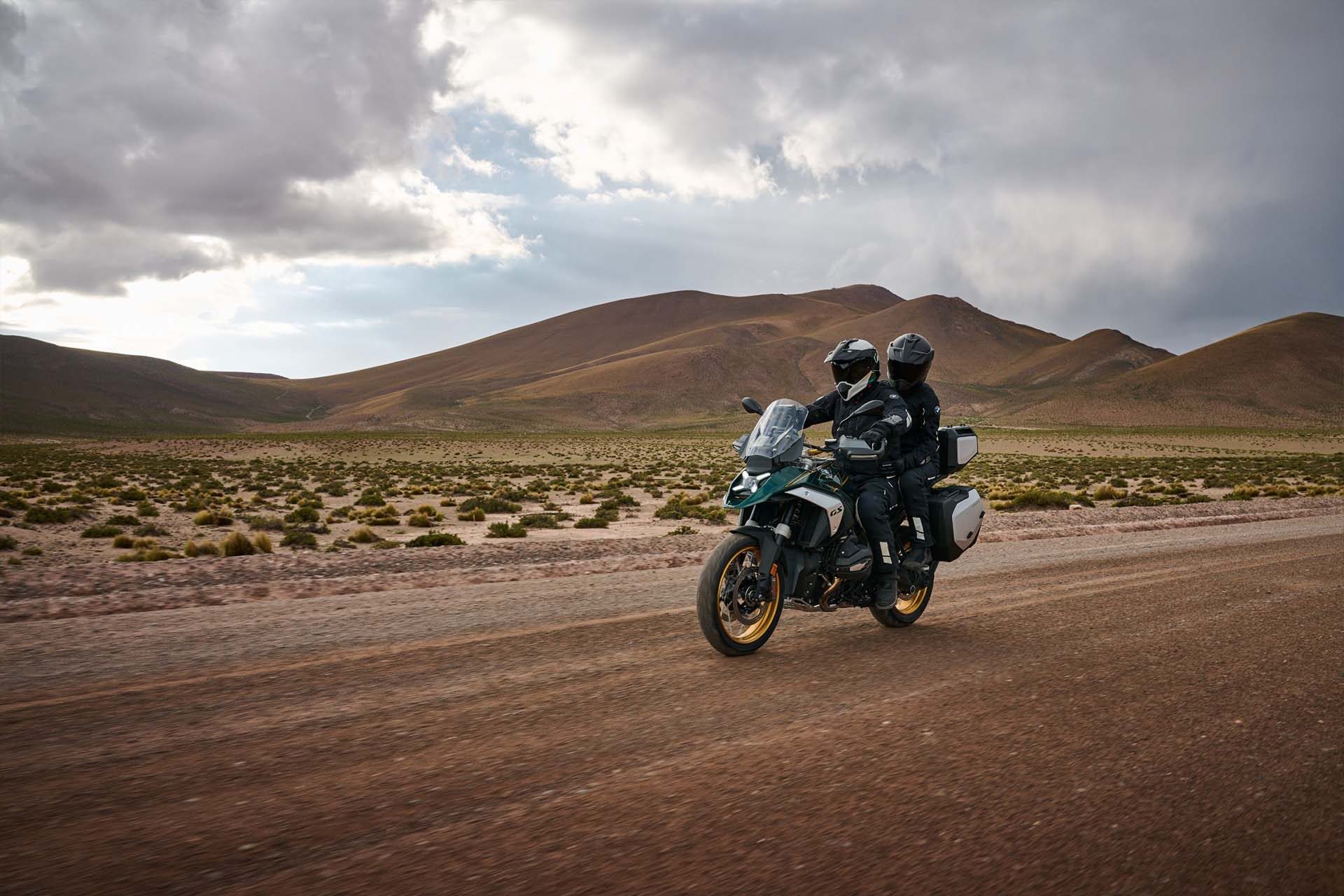
Standard kit includes heated grips, keyless activation for the steering, ignition and fuel tank, TPM, engine drag torque control, ABS Pro, a lithium-ion battery, and hand protectors with integrated turn indicators. There’s a swag of accessories available too, many to protect the bike against falls.
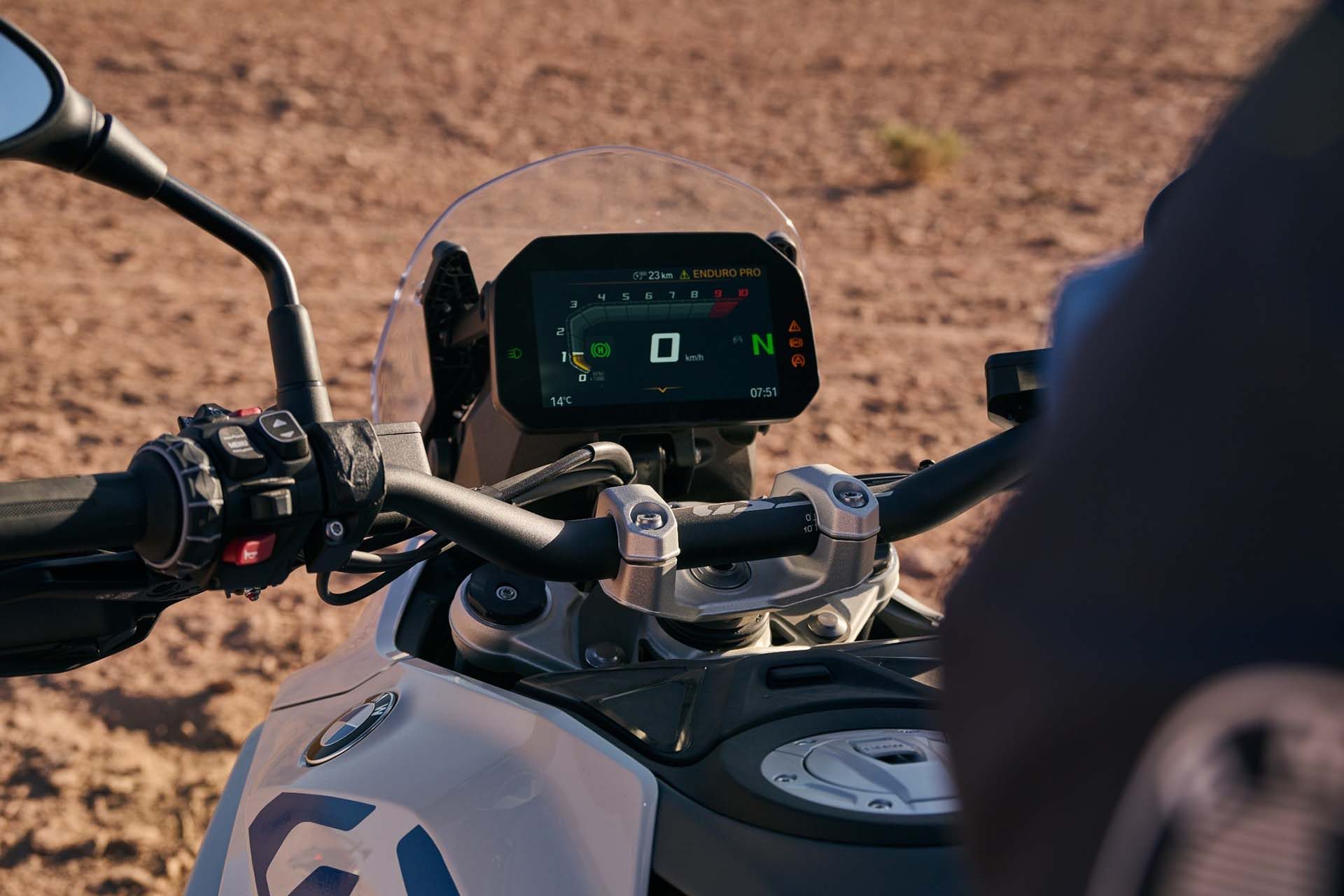
Expect the machine here early next year, likely in a number of guises (pricing details soon). There are four variants overseas, standard, Triple Black, GS Trophy and a high-spec Option 719 Tramuntana, the latter named after a mountain range in Majorca.
The GS comes here fully specified, the Comfort, Touring, Dynamic and Innovation packages all included, right down to seat heating for both rider and pillion, for $45,990, including GST.
